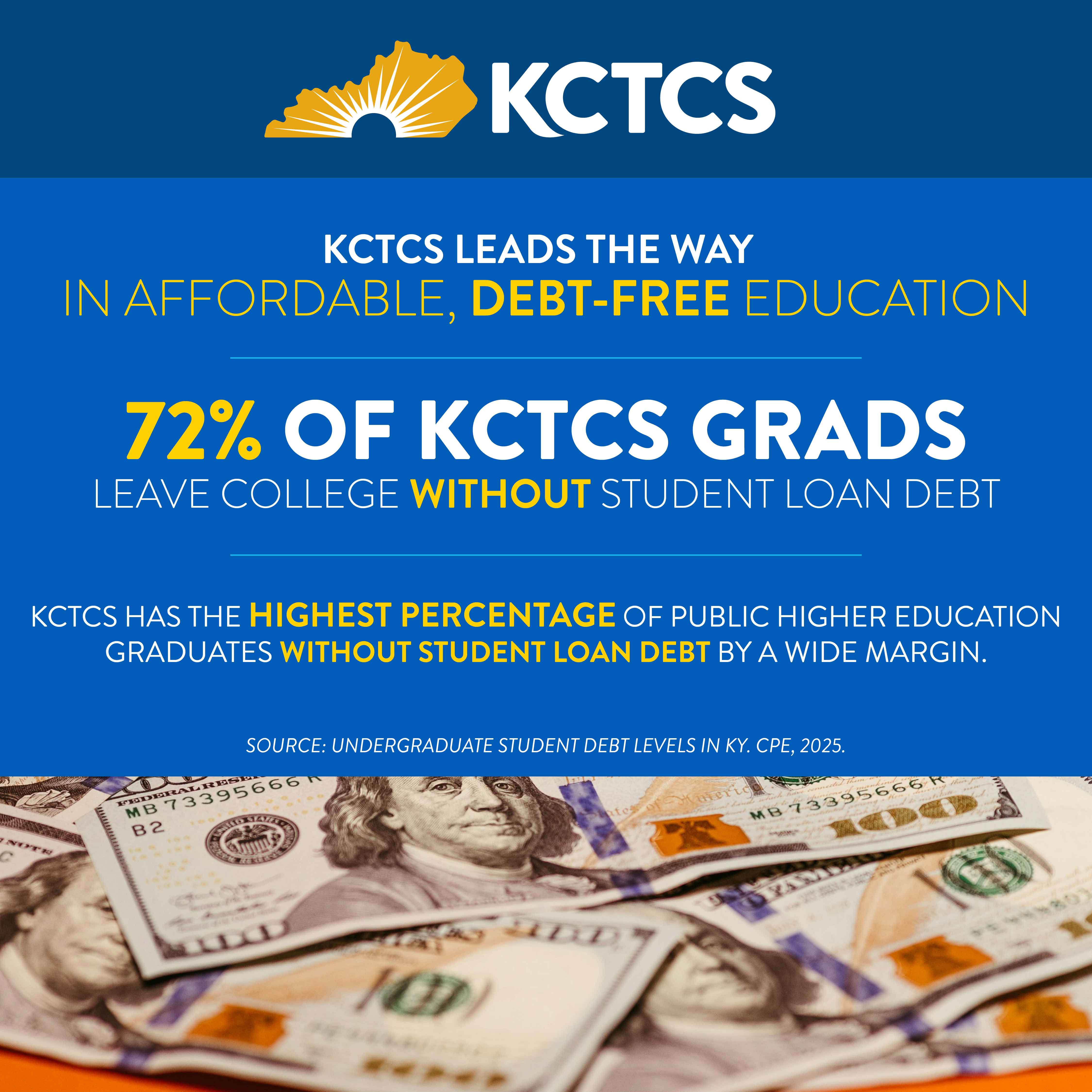How Much is Maximum Student Loan For Technical Colleges_
How Much Student Loan Can You Get For Technical College? A Comprehensive Guide
Technical colleges, vocational schools, and trade schools offer focused training that can lead to fulfilling and in-demand careers. But like any post-secondary education, attending a technical college often requires financial assistance. Understanding how student loans work, especially the maximum amount you can borrow, is crucial for planning your education.
Federal Student Loan Limits: Your Starting Point
The U.S. Department of Education offers federal student loans, which are generally the best place to start due to their lower interest rates and borrower protections. These loans are categorized into Direct Subsidized Loans (for undergraduates with demonstrated financial need), Direct Unsubsidized Loans (available to undergraduates and graduates regardless of financial need), and Direct PLUS Loans (for graduate students and parents of dependent undergraduate students).
*
Direct Subsidized and Unsubsidized Loans:
The maximum amount you can borrow annually depends on your year in school and your dependency status (whether you're considered a dependent or independent student). Independent students and those whose parents can't borrow PLUS Loans generally have higher borrowing limits.*
Dependent Undergraduate Students:
Typically, the annual limit ranges from \$5,500 to \$7,500, with a portion being subsidized. The aggregate (total) limit for subsidized and unsubsidized loans is \$31,000. *Independent Undergraduate Students:
Annual limits range from \$9,500 to \$12,500, and the aggregate limit is \$57,500.*
Direct PLUS Loans:
PLUS Loans can cover the remaining cost of attendance not covered by other financial aid, including scholarships, grants, and other federal loans. However, approval depends on a credit check. The "cost of attendance" is determined by the school and includes tuition, fees, room and board, books, supplies, transportation, and other expenses.Important Note:
These are *maximum* limits. You may not be eligible for the full amount. The school's financial aid office will determine your eligibility based on your financial need and the cost of attendance.Factors Influencing Your Loan Amount
Several factors will determine how much student loan you can actually get for a technical college:
*
Cost of Attendance:
As mentioned earlier, the school's cost of attendance is a primary factor. More expensive programs naturally require more funding. *Financial Need:
The Expected Family Contribution (EFC), calculated based on your (and your parents', if you're dependent) financial information provided on the Free Application for Federal Student Aid (FAFSA), determines your financial need. *Dependency Status:
Independent students are eligible for higher loan limits. *Year in School:
Borrowing limits typically increase as you progress through your program. *Credit History (for PLUS Loans):
A good credit history is required for PLUS Loan approval. *Other Financial Aid:
Scholarships, grants, and other forms of financial aid will reduce the amount you need to borrow in student loans.Private Student Loans: An Alternative (or Supplement)
If federal student loans don't cover the full cost of your technical college education, you might consider private student loans. However, be aware that private loans typically have higher interest rates and fewer borrower protections than federal loans. It's generally best to exhaust your federal loan options before turning to private lenders.
Strategies for Minimizing Student Loan Debt
Attending a technical college is an investment in your future, but it's essential to manage your student loan debt responsibly. Here are some tips:
*
Choose an Affordable Program:
Research different technical colleges and programs to find one that fits your budget. *Apply for Scholarships and Grants:
Don't leave free money on the table. Spend time searching and applying for scholarships and grants. *Consider a Part-Time Job:
Working part-time while in school can help offset some of your expenses. *Live Frugally:
Reduce your living expenses to minimize the amount you need to borrow. *Explore Tuition Payment Plans:
Some schools offer tuition payment plans that allow you to spread out your payments over time.The Importance of Responsible Borrowing
Before taking out any student loans, carefully consider your future career prospects and earning potential. Make sure you understand the terms of your loan, including the interest rate, repayment options, and potential penalties for default. Responsible borrowing is crucial for ensuring that your technical college education leads to a financially secure future. You can always refer to How Much is Maximum Student Loan For Technical Colleges_ for further information.
In Conclusion
The maximum student loan amount for technical colleges varies based on several factors. By understanding these factors and exploring all your financial aid options, you can make informed decisions about financing your education and minimizing your debt burden. Remember to prioritize federal student loans and practice responsible borrowing habits to pave the way for a successful career after graduation.

Comments
Post a Comment